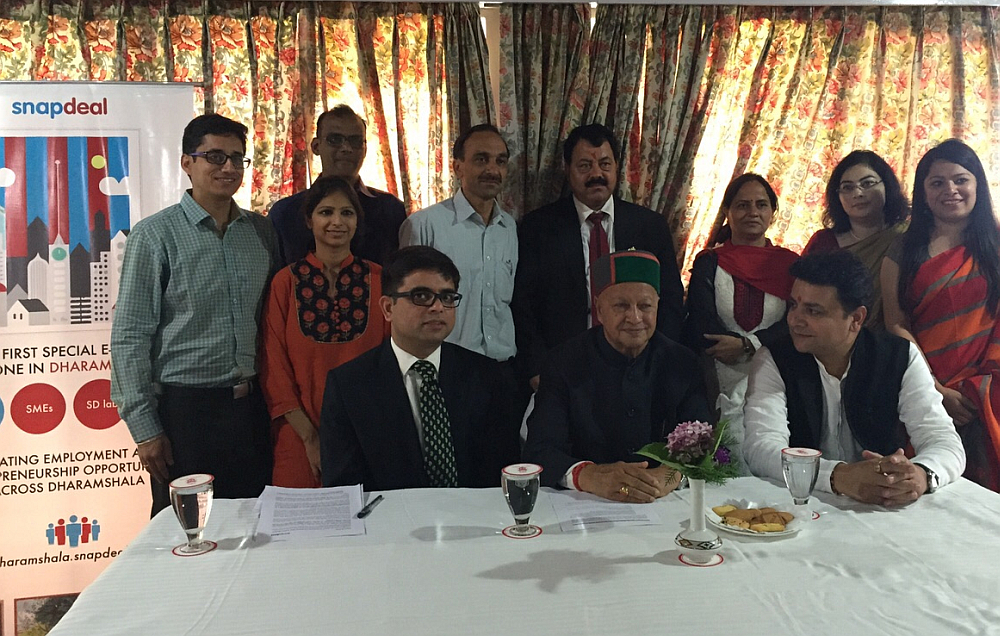In a strategic move to revamp its liquor policy, the Himachal Pradesh government aims to achieve a significant boost in revenue, targeting a staggering Rs 2800 crore from liquor sales this year. The new policy, which came into effect on April 1st, introduces stringent measures to regulate pricing, combat overcharging, and foster healthy competition in the market.
Under the revised policy framework, traders will be restricted to selling liquor within a designated range of 10 to 30 percent dividend on the Minimum Selling Price (MSP). To ensure transparency and empower consumers, the Tax and Excise Department has rolled out posters outside liquor vends, displaying the percentage of dividend applicable to different categories of liquor brands.
In a departure from the previous system where Maximum Retail Price (MRP) was displayed on liquor bottles, only the Minimum Selling Price will now be printed. Moreover, the government has granted contractors the authority to determine their own dividends, aligning with practices adopted by neighboring states like Punjab, Haryana, and Chandigarh.
To enforce compliance with the new regulations, stringent penalties, including license cancellation, await contractors found selling liquor above the stipulated MSP. This underscores the government’s commitment to ensuring fair pricing and protecting consumer interests.
The policy overhaul also aims to curb the illegal liquor trade by introducing a more transparent and competitive pricing mechanism. By stimulating healthy competition among vendors, the government anticipates a shift in consumer behaviour towards establishments offering liquor at the most competitive rates.
Specific guidelines have been laid out regarding dividend percentages for different categories of liquor. For instance, foreign liquor is capped at a maximum dividend of 10 percent, while domestic varieties can go up to 30 percent. Additionally, dividend rates for specific types of liquor, such as whiskey, rum, vodka, gin, beer, wine, and cider, have been standardized to ensure consistency across the market.
Furthermore, the policy classifies English liquor brands into low and high categories, prescribing varying dividend rates based on brand and MSP. This stratification aims to rationalize pricing and ensure fairness for consumers across different segments of the market.
To facilitate consumer feedback and address grievances related to overcharging, dedicated helpline numbers have been established for different zones within the state. Consumers are encouraged to report instances of overpricing or unfair practices to the respective authorities for prompt action.
With these comprehensive measures in place, the Himachal Pradesh government is confident of achieving its ambitious revenue target of Rs 2800 crore from liquor sales this year. By promoting transparency, curbing overcharging, and fostering healthy competition, the new liquor policy seeks to create a more equitable and consumer-friendly environment in the state’s liquor market.




